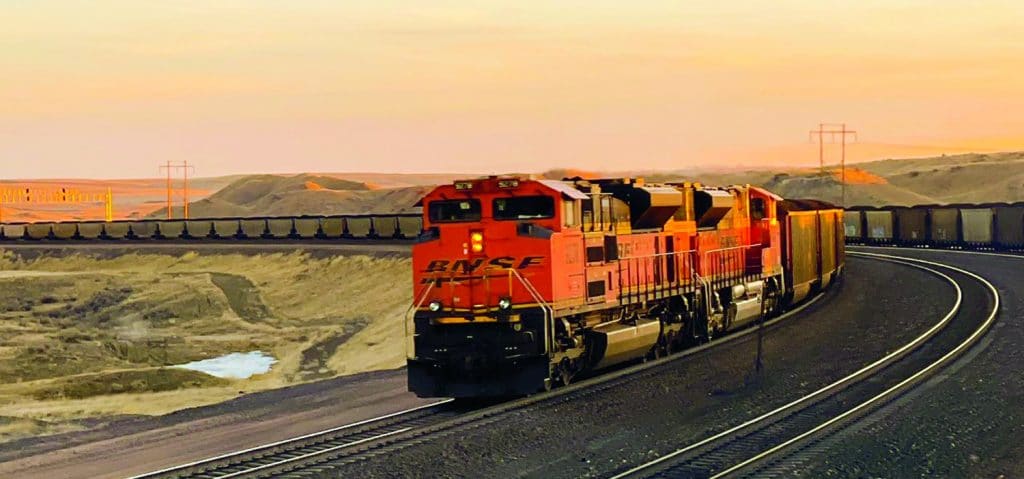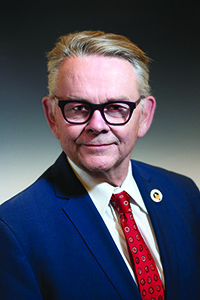

It’s difficult to imagine trying to pass off reducing the braking power of a freight train as a safety precaution, but that is exactly what BNSF attempted to do recently in a request to the FRA for a variance to increase the allowable amount of flow from 90 CFM to 120 CFM.
In their request, BNSF states that in order to reduce the slip/trip/fall risk that goes along with conductors and carmen walking a consist looking for leaks in a brake line, that they think it’s safer to depart the train with up to 120 CFM of flow and assume it will be able to stop when it has to.
FRA put out a Notice of Proposed Rule Making (NPRM) requesting public comments on BNSF’s request, and SMART-TD’s National Legislative Department was happy to oblige them. Below you can read SMART-TD’s response to FRA from Brother Greg Hynes, SMART-TD’s national legislative director.
Related News
- SMART-TD Honors the Retirement of Brother Greg Hynes: A Visionary, a Fighter, and a Legend
- SMART-TD Calls on U.S. Senate to Support the Cantwell Amendment and Protect Rail Workers
- Yardmaster Protection Act Introduced
- PHOTO GALLERY: 2025 Denver Regional Training Seminar
- Fighting for Stronger Heat Protections for Rail Workers
- Regional Training Seminar Sets (Mile-High) Record in Denver
- Registration Open for Anaheim Regional Training Seminar
- Help Promote Rail Crossing Safety on ENS Sign Awareness Day
- Streak of Organizing Wins, Strong Agreements Highlights the SMART-TD Difference
- Sisters Represent TD at Charity Mud Race